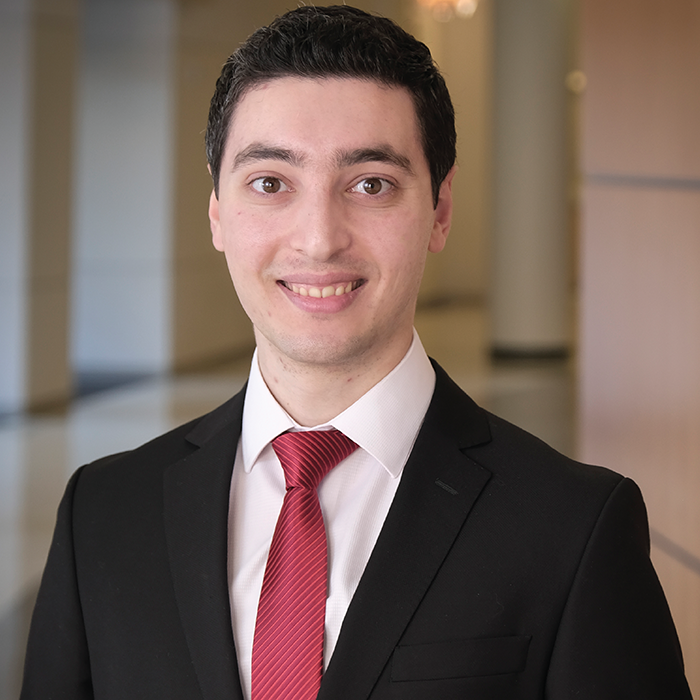
Current glaucoma treatments focus on lowering intraocular pressure (IOP), which is akin to fighting a raging fire with a bucket of water – the intervention slows the inferno, but it cannot extinguish it. For many patients, there simply are not enough "buckets.” And, like many other researchers, we share the realization that more must be done.
The truth is this: our single-minded pursuit of managing IOP is failing a significant portion of patients. Glaucoma progressed in 20 percent of participants in a UK-based glaucoma treatment study (UKGTS) by 24 months (1), and an earlier study revealed that 46 percent of patients receiving IOP-lowering surgery progressed to blindness within a decade even when IOP was “controlled” (2). Patients need a paradigm shift – a multi-pronged strategy that not only targets IOP management but also actively supports, protects, and even repairs RGCs and the optic nerve.
We want to create glaucoma treatments that do more than lower pressure; we want to empower RGCs to fight back. This goal demands a greater understanding of the relationship between the mechanical stress, vascular and metabolic dysfunction, and inflammatory cascades that contribute to glaucomatous damage to the optic projection. Think of it as equipping the system and its constitutive elements (RGCs, axons, glia, vessels, extracellular matrix, and so on) with a comprehensive toolkit to manage oxidative stress, optimize energy production, and mitigate inflammation. The good news is that neurons are inherently resilient fighters, with adaptive responses in their arsenal (3). It is important to note though that these responses are limited by resource constraints and require external support for long-term survival and recovery.
One field that could have a positive impact in this regard is neuroprotection or neurorepair. This approach has the capability to combine diverse strategies, each targeting a specific aspect of the disease during a specific point in progression, to create a personalized treatment regimen for each patient or for each type of glaucoma. But it hinges on early detection. The sooner we intervene, before irreversible damage sets in, the greater the chance of success. New biomarkers – molecular, electrophysiological, and imaging – are of particular interest, as they offer earlier and more accurate detection. Other testing methods, like clustered testing, are an additional way we can quickly identify eyes with rapidly progressing glaucoma; thus, improving the feasibility of glaucoma clinical trials (4).
The road to a combination neuroprotective future is not without its bumps, however. Combination therapy trials are notoriously difficult and expensive. They will require adaptive trial designs that adjust based on interim data analysis, as well as robust collaborations between researchers, industry, and regulatory bodies. The validity of preclinical models is also crucial. No single model can perfectly capture the intricate complexities of glaucoma. Therefore, evaluating treatment regimens in a battery of diverse experimental models, including non-human primates with their close resemblance to human ocular anatomy, is paramount. Only through this multifaceted approach can we establish robust evidence for the effectiveness of combination therapies, setting a foundation for evaluation in clinical trials (5).
The future of glaucoma treatment is not about a single magic bullet but rather a well-equipped and diverse arsenal. Through the power of neuroprotection, early detection, and combination therapy, we can rewrite the narrative against this condition – one that moves beyond the limitations of IOP-centric approaches.

Ghazi O. Bou Ghanem (Headshot supplied by author)

David J. Calkins (Headshot supplied by author)
References
- DF Garway-Heath et al., “Latanoprost for open-angle glaucoma (UKGTS): a randomized, multicentre, placebo-controlled trial,” The Lancet, 385, 9975 (2015). PMID: 25533656.
- CE Parc et al., “The long-term outcome of glaucoma filtration surgery,” Am J Ophthalmol, 132, 1 (2001). Jul 2001;132(1):27-35. PMID: 11438050.
- DJ Calkins, “Adaptive responses to neurodegenerative stress in glaucoma,” Prog Retin Eye Res, 84, 100953 (2021). PMID: 33640464.
- FA Medeiros et al., “Short-term Detection of Fast Progressors in Glaucoma: The Fast Progression Assessment through Clustered Evaluation (Fast-PACE) Study,” Ophthalmology, 131, 6 (2024). PMID: 38160883.
- GO Bou Ghanem et al., “Addressing neurodegeneration in glaucoma: Mechanisms, challenges, and treatments,” Progress in Retinal and Eye Research.100, 101261 (2024). PMID: 38527623.
